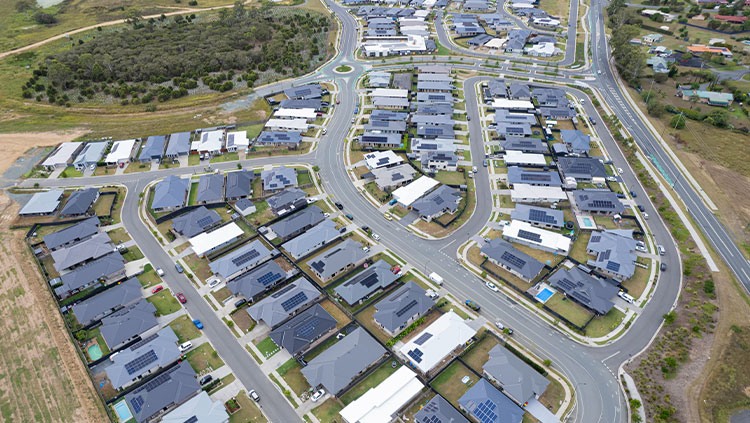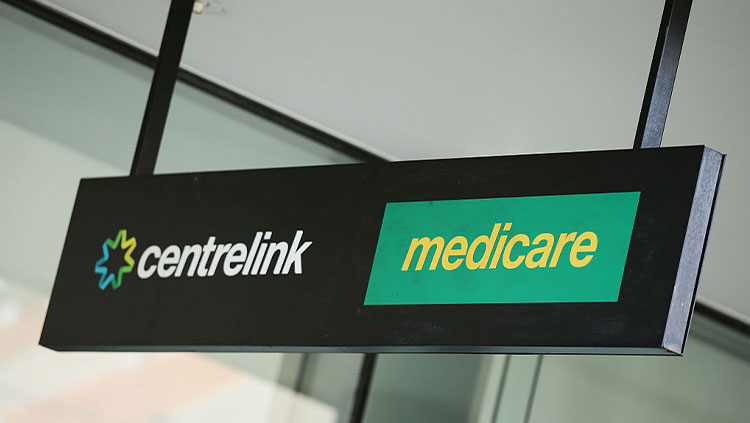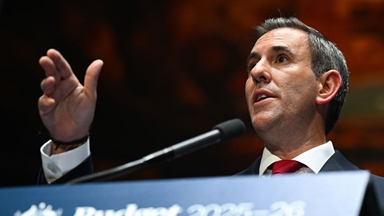Content Summary
By Lachlan Colquhoun
Read CPA Australia’s full media release
Treasurer Jim Chalmers’ fourth Federal Budget sees last year’s $15.8 billion surplus turn into a forecast deficit of $27.6 billion in 2024-25, and $42.1 billion for 2025-26.
Higher tax receipts soften the impact of higher government spending, although net national debt is forecast to rise to $620 billion in 2025-26, up from $556 billion in 2024-25.

Chalmers says the budget has five main priorities: “Helping with the cost of living, strengthening Medicare, building more homes, investing in every stage of education, and making our economy more productive and more resilient.”
“This budget is about more than putting the worst behind us,” says Chalmers. “It is about seizing the best of what’s ahead of us.”
In a budget the government never planned to bring down but was forced to do so after Tropical Cyclone Alfred postponed its scheduled April election, Chalmers was able to conjure an electoral sweetener in the form of modest tax cuts.
There was additional funding and cost-of-living relief in the health sector, modest relief for beer drinkers with a pause on the excise, an extension of the Help to Buy scheme for first homebuyers and an expansion of free TAFE places.
No pain relief for SMEs
CPA Australia Chief Executive Officer Chris Freeland says businesses and their advisers would “find little” in the budget that will “help offset the pain all too many small businesses have been experiencing.”
“The Budget lacks ambition and a thorough understanding of what business needs. Not enough is being done to slash red tape or create the conditions and improve policy development that would shift the dial on Australian productivity and competitiveness,” says Freeland.
He adds that while the small personal tax cuts might “capture the public’s attention” they would in reality fail to help most Australians.
“SMEs – many of which have thin margins – needed a Budget that would significantly alleviate the cost pressures they face every day,” says Freeland.
“The unrelenting rise in insurance premiums and the burden of utility bills, materials, wages, fuel and various other inflationary pressures are hard to manage.
“Though the emphasis on relieving pressures on household finances was expected, a more business-centric Budget would have benefitted all Australians because small businesses are significant contributors to the economy and job creation.”
He pointed to the instant asset write off as a “prime example” of an opportunity missed.
“Tonight, it should have been made permanent – but it remains in limbo,” says Freeland.
“Making it permanent would provide the certainty and opportunity businesses need to invest and grow. They cannot make serious long-term financial decisions when the rules could change every year.”
Personal tax cuts
While many of the budget measures were telegraphed in advance of tonight’s budget speech, the tax cuts were held back, perhaps for maximum impact only days before the Government is expected to call an election for May.
At a cost to the budget of $17.1 billion, the cuts will be implemented in two stages, with the 16 per cent tax rate on incomes of between $18,201 and $45,000 to be cut to 15 per cent from July 1, 2026. In the second phase a year later, the rate will be cut to 14 per cent.
Taxpayers earning above $45,000 will receive a tax cut worth $236 in the 2026-27 year. They will receive a further tax cut worth $236 in the 2027-28 year.

In another cost-of-living concession, the Medicare threshold will be increased by 4.7 per cent, meaning one million low-income earners would either not pay the levy or would pay a lower rate. This would save a single person up to $122 a year and is at a cost to the budget of $648 million.
At a cost of $7.9 billion over four years, access to bulk billing will be increased, by expanding eligibility for bulk billing incentives for all Australians and introducing a Bulk Billing Practice Incentive Program for general practices if they bulk bill every visit under Medicare.
Still on health, the budget will reduce the maximum price of prescription medicines from $31.60 to $25 for each script, while prices for pensions and concession card holders will be held at $7.70.
There is an extra $1.8 billion to reduce elective surgery waiting lists in public hospitals, and an additional 50 Medicare urgent care clinics will be opened to relieve pressure on hospital emergency departments.
Spending on the National Disability Insurance Scheme continues to increase. The NDIS cost $49 billion this year and is forecast to rise to $63 billion in 2028-29.
As telegraphed before the budget, the government will extend the $75 quarterly rebate on power bills until the end of 2025, making bills $150 cheaper. This will be at a cost of $1.8 billion.
Lower growth forecast
Spending growth is forecast at 6 per cent this year in an economy where the growth forecast for the 2024-25 year has been downgraded to 1.5 per cent from the previous 1.75 per cent. Growth for 2025-26 is forecast at 2.25 per cent.
On inflation, the government is forecasting inflation to fall to 2.5 per cent in 2024-25, within the Reserve Bank’s target band of 2 per cent to 3 per cent but increase to 3 per cent next year.

The Budget contained an additional $3 million allocation for the breeding program of the Maugean skate, the species environmentalists claim is under threat from salmon farming. Rugby League club St George Illawarra Dragons will receive $13.6 million to provide high performance and community sporting facilities, with the giant pandas at Adelaide Zoo set to receive $3.8 million over five years.
Despite a number of corporates stalling their investment in green hydrogen projects, the budget offers smelters switching to renewable energy $2 billion in aluminium production credits, while $1 billion is earmarked for steel makers including $500 million for the Whyalla steel works, now in administration.
Another $220 million has been allocated to support the Whyalla facility.
No news on the instant asset write-off
Surprisingly, the government was silent on the future of instant asset write off (IAWO). However, we may see an announcement in the coming days as there is over $1.5 billion squirrelled away in a line item called ‘Decisions taken but not yet announced’.
Freeland says “Tonight, [the IAWO] should have been made permanent – but it remains in limbo. Making it permanent would provide the certainty and opportunity businesses need to invest and grow. They cannot make serious long-term financial decisions when the rules could change every year.”
The crackdown on tax avoidance will continue with the Australian Taxation Office allocated $1 billion over five years to extend and expand its work on the shadow economy and compliance by corporates and personal taxpayers. It is estimated this will claw back $3.2cbillion over the next five years.
Check out all of CPA Australia’s expert analysis of the 2025-26 Federal Budget and what it means for accounting, business and finance.
Discover more
Federal Budget 2024: CPA Australia’s expert analysis
15 May 2024 | Learn what the measures mean for accountants, business and the economy
- Budget
- Economy
Published on25 min read timeAustralian Federal Budget 2024-25 summary
CPA Australia’s key Budget 2024-25 takeaways
- Budget
- Economy
- Taxation
Published on7 min read timeWhat business needs from Budget 2024
13 February 2024 | Expert view on key issues such as tax, rising costs and worker shortages
- Budget
- Economy
Published on24 min read timeAustralian Federal Budget 2020-21: An expert analysis
7 October 2020 | Expert opinion on key aspects of the budget
- Budget
- Economy
Published on33 min read timeSouth Australian budget keeps the powder dry
Media Release | 22 June 2021
- Budget
- Economy
Significant grab bag of stimulus in NSW budget
Media Release | 22 June 2021
- Budget
- Economy


